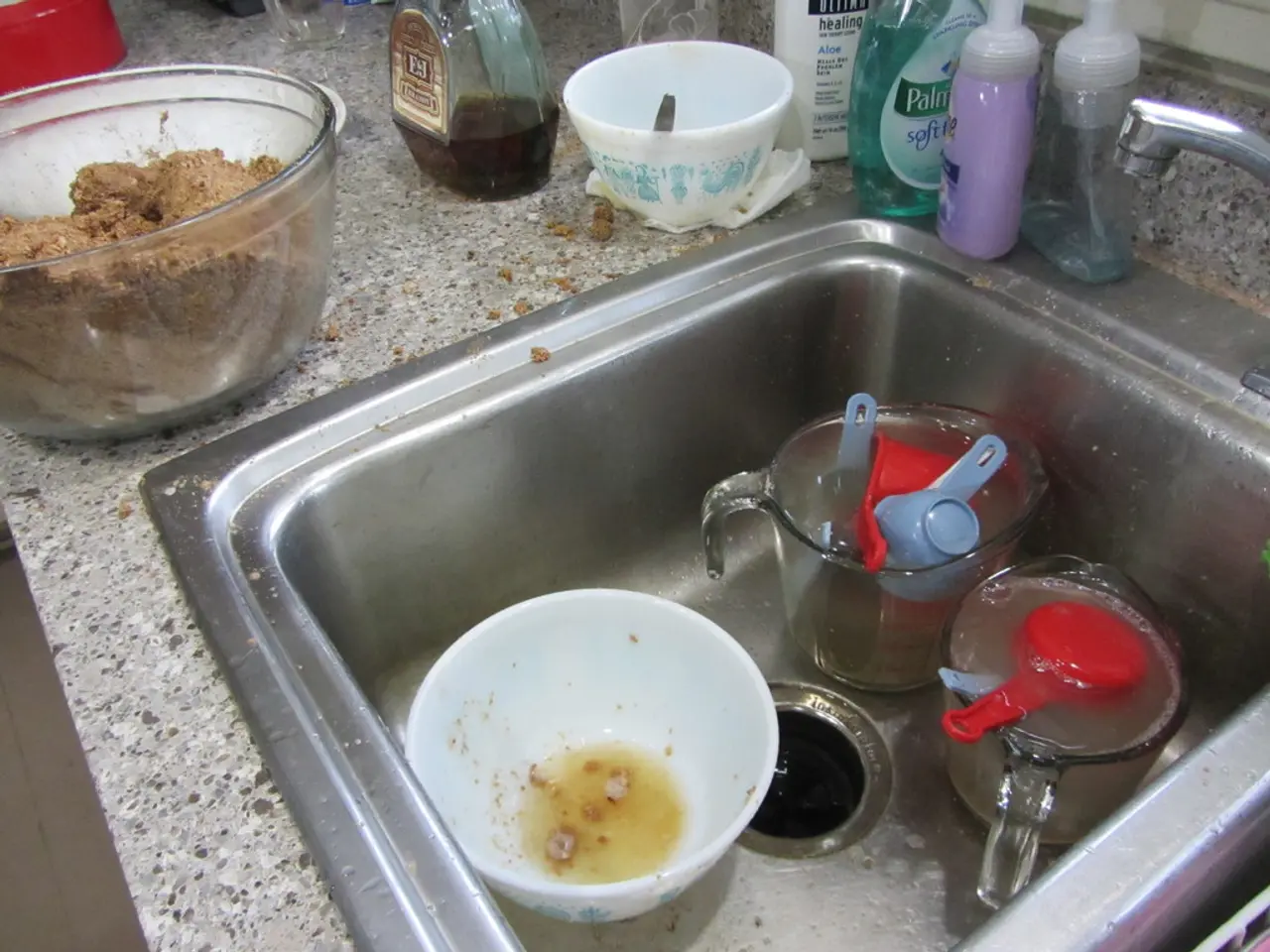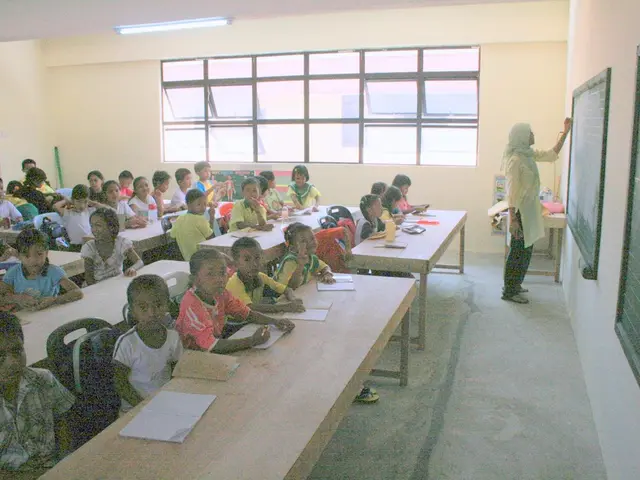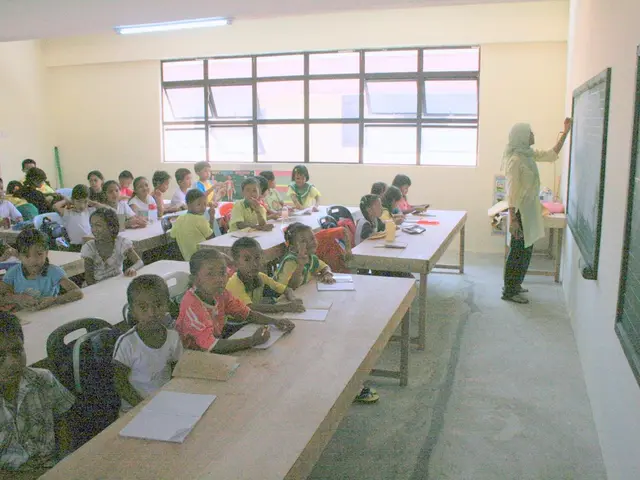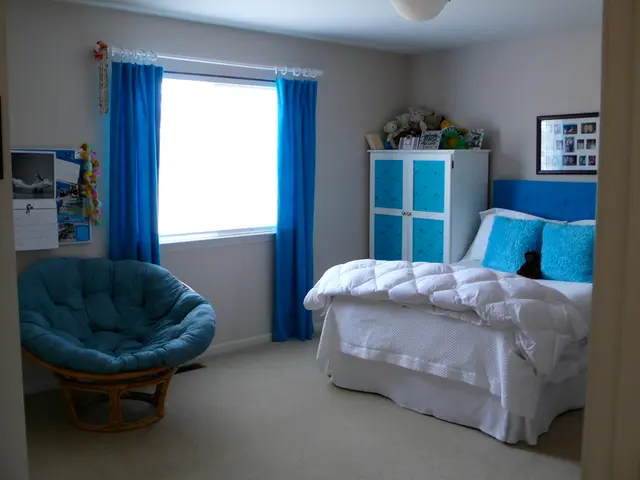Germ phobia escalates into illness
In the realm of human psychology, a common fear that many individuals grapple with is mysophobia - the pathological fear of germs, dirt, viruses, and bacteria. This article explores effective strategies for counteracting mysophobia, drawing on insights from various fields of psychology and medicine.
One approach to overcoming mysophobia is Cognitive-Behavioral Therapy (CBT). CBT helps individuals identify and challenge irrational beliefs about germs and cleanliness, gradually exposing themselves to feared situations to reduce anxiety and avoidance.
Dialectical Behavior Therapy (DBT) may also prove beneficial, as its techniques, including distress tolerance and emotion regulation skills, can help manage the intense anxiety and regain control over avoidance patterns associated with mysophobia.
Exposure Therapy, a cornerstone of phobia treatment, involves gradual, controlled exposure to germs or perceived "dirty" surfaces, allowing desensitization and reducing fear responses over time. Virtual Reality (VR) exposure therapy is an emerging, effective tool, offering safe, customizable exposure scenarios tailored to individual fears.
Clinical Hypnotherapy and Somatic Integration Therapy can assist in reframing negative thought patterns around germs, while addressing the physical symptoms of fear by releasing stored trauma-related energy.
Relaxation and cognitive strategies, such as relaxation training, self-talk, and diverting attention, can help reduce anxiety during exposure to triggers, facilitating coping and improved functioning.
A multidisciplinary approach, combining insights from mental health professionals, occupational therapists, and possibly audiologists, enhances tailored treatment, recognizing variable individual responses.
Avoidance of triggers, such as constant cleaning or avoiding certain environments, might provide short-term relief but can exacerbate mysophobia over time if it reinforces fear and limits daily functioning. Therefore, therapies focus on reducing avoidance and improving resilience.
Professor Johannes Knobloch, a specialist in microbiology, virology, infection epidemiology, and hospital hygiene, asserts that many people's fears of potential infection possibilities are overinterpreted and unrealistic. In most cases, there is no serious risk of infection from pressing an elevator button, touching a door handle, or drinking coffee from a moldy machine for healthy individuals.
Everyday dirt, such as mold in the coffee filter or toaster, is typically harmless to most people without serious health impairments. Consistently washing hands after using the toilet breaks through many potential infection possibilities. Sitting on a contaminated toilet seat does not necessarily mean one will get sick from it.
However, it's essential to note that a norovirus can remain infectious on a surface for several days, but for it to cause illness, it must get from the surface into the mouth and be swallowed.
Avoiding restaurant visits due to perceived unhygienic conditions can be a sign of mysophobia. Yet, maintaining good personal hygiene, such as washing hands regularly, can significantly reduce the risk of infection.
In conclusion, the most effective strategy for overcoming mysophobia is a personalized, gradual treatment plan involving cognitive restructuring, behavioral exposure, and anxiety management, often delivered by mental health professionals trained in treating phobias. Emerging technologies like VR enhance these traditional therapies by providing controlled exposure environments.
- Science and healthcare have a role in debunking unrealistic fears about germs, such as understanding the lifespan of a norovirus on a surface and its potential for infection.
- A health and wellness plan, encompassing fitness and exercise, mental health, and personal growth, can contribute to overall resilience against phobias like mysophobia.
- Finance and business offer resources for seeking professional help, as careers in education and self-development can lead individuals to specialized mental health practitioners.
- CBT, DBT, and Exposure Therapy, all psychological treatment methods, form essential components of effective mysophobia treatment strategies.
- Somatic Integration Therapy and Clinical Hypnotherapy, often used in the field of health and safety, can help address physical manifestations of fear and reframe negative thought patterns.







